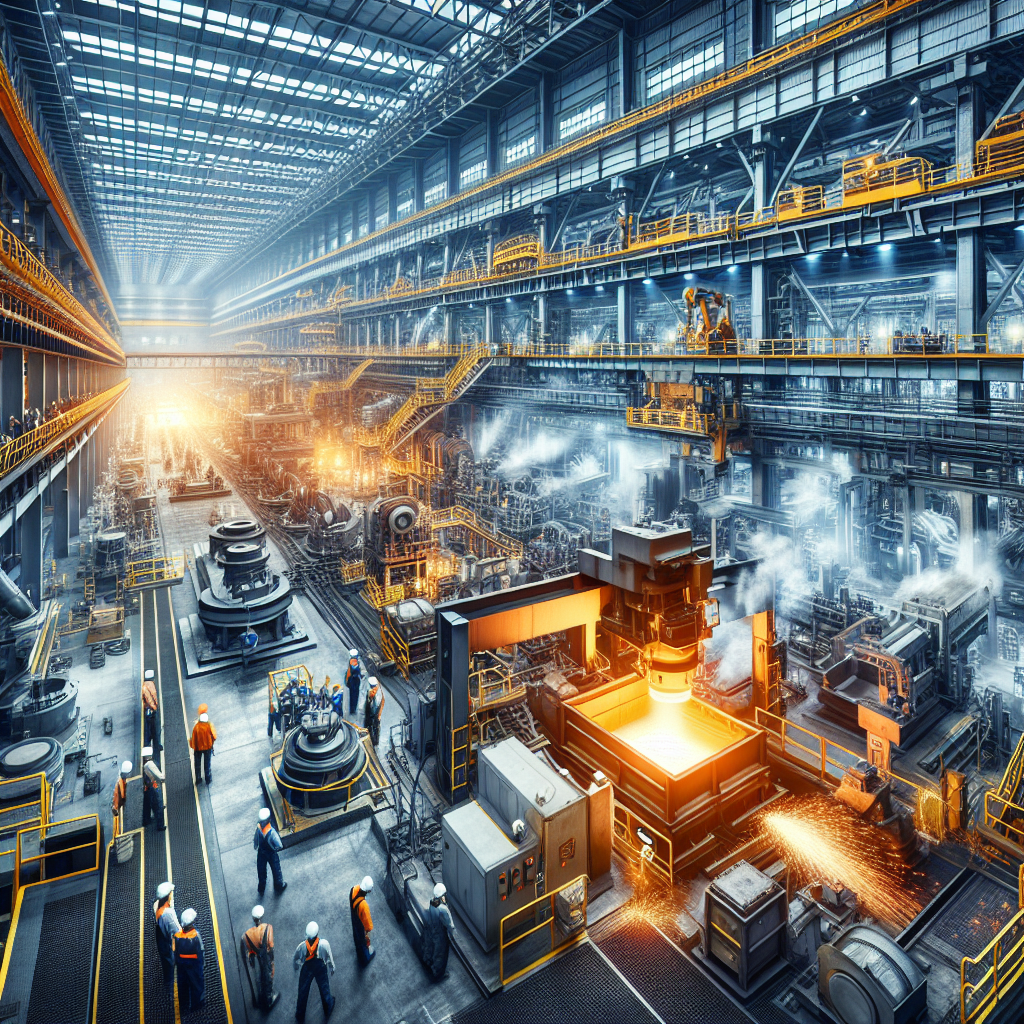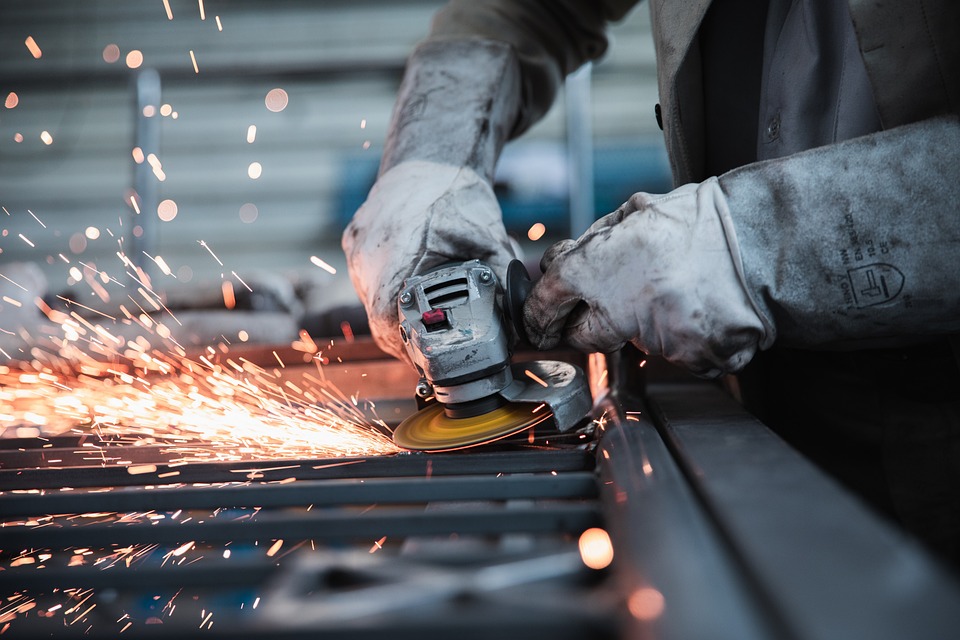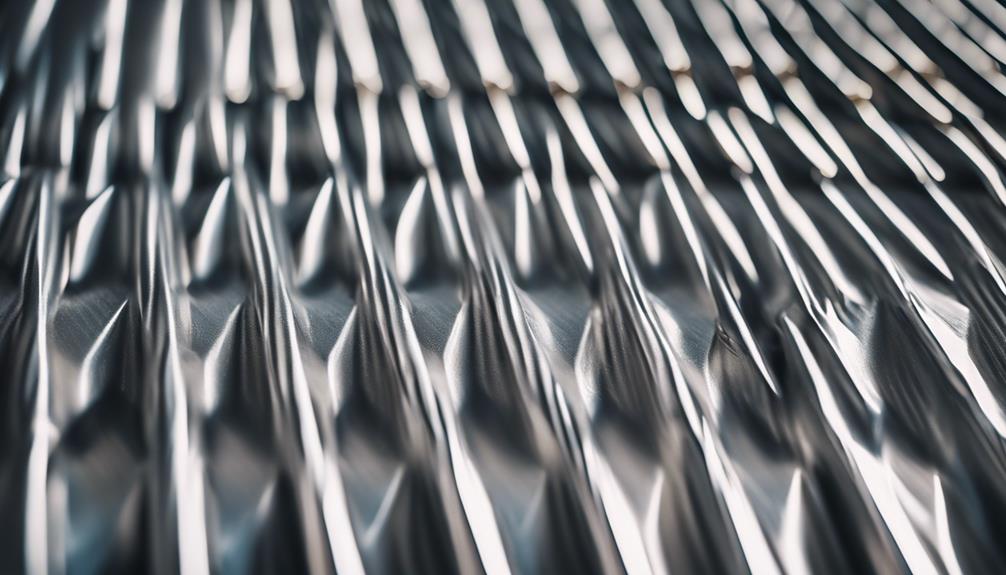Inside the Operations of a Modern Steel Factory: A Comprehensive Guide
Steel has been a crucial component in the construction industry for centuries, with its strength and durability making it an essential material for buildings, bridges, and infrastructure. But have you ever wondered how steel is produced and what goes on inside a modern steel factory? In this guide, we will take you behind the scenes of a state-of-the-art steel manufacturing facility to explore the intricate processes and technologies that go into producing this versatile material.
What is a steel factory?
A steel factory, also known as a steel mill or steel plant, is a facility where raw materials such as iron ore, coal, and limestone are transformed into steel through a series of complex processes. These processes typically involve melting the raw materials in a blast furnace, refining the molten metal to remove impurities, and shaping the steel into various forms such as beams, plates, and coils.
What are the key operations in a modern steel factory?
1. Raw material preparation: The first step in the steelmaking process is the preparation of raw materials. Iron ore, coal, and limestone are transported to the steel factory and stored in designated areas. The raw materials are then crushed, sorted, and blended to achieve the desired chemical composition for the steel production process.
2. Ironmaking: The next step in the steelmaking process is ironmaking, where the raw materials are melted in a blast furnace to produce molten iron. The blast furnace operates at high temperatures, typically around 2,000 degrees Fahrenheit, and uses coke (a form of coal) as a fuel to facilitate the chemical reactions that convert the raw materials into molten iron.
3. Steelmaking: Once the molten iron is produced in the blast furnace, it is transferred to a steelmaking furnace where it is further refined to remove impurities and adjust the chemical composition to meet the desired specifications for the final steel product. This process, known as steelmaking, can involve oxygen blowing, electric arc furnaces, or other methods depending on the specific requirements of the steel being produced.
4. Casting and rolling: After the steel has been refined to the desired specifications, it is cast into ingots or continuous casting molds and then rolled into various shapes and forms such as beams, plates, or coils. The rolling process involves passing the steel through a series of rollers to shape it into the desired dimensions and achieve the required mechanical properties.
5. Finishing and quality control: Once the steel has been shaped and formed, it undergoes various finishing processes such as heat treatment, surface treatment, and inspection to ensure that it meets the quality standards for the intended application. Quality control measures are implemented throughout the production process to detect and correct any defects or deviations from the desired specifications.
FAQs:
1. How long does it take to produce steel in a modern steel factory?
The time it takes to produce steel in a modern steel factory can vary depending on the size and complexity of the facility, as well as the specific requirements of the steel being produced. In general, the steelmaking process can take anywhere from a few hours to several days, with additional time required for finishing and quality control processes.
2. What are the environmental impacts of steel production?
Steel production can have significant environmental impacts due to the energy-intensive nature of the processes involved. Emissions of carbon dioxide, sulfur dioxide, and other pollutants can be generated during the combustion of fossil fuels such as coal in the blast furnace, as well as the use of electricity in the steelmaking process. However, modern steel factories are implementing technologies and practices to reduce their environmental footprint, such as using alternative fuels, improving energy efficiency, and capturing and recycling emissions.
3. What are the main uses of steel produced in a steel factory?
Steel produced in a steel factory is used in a wide range of applications, including construction, automotive, manufacturing, infrastructure, and consumer goods. It is commonly used to make structural components such as beams, columns, and trusses in buildings and bridges, as well as automotive parts, machinery, appliances, and packaging materials. The versatility and strength of steel make it an essential material in modern society, with endless possibilities for its use in various industries.
In conclusion, the operations of a modern steel factory are a complex and fascinating process that involves a series of intricate steps and technologies to produce one of the most versatile materials in the world. From raw material preparation to steelmaking, casting, and finishing, each stage of the production process plays a crucial role in creating high-quality steel products that are essential for modern society. By understanding the inner workings of a steel factory, we can appreciate the skill, innovation, and dedication that go into producing this essential material that shapes our world.










